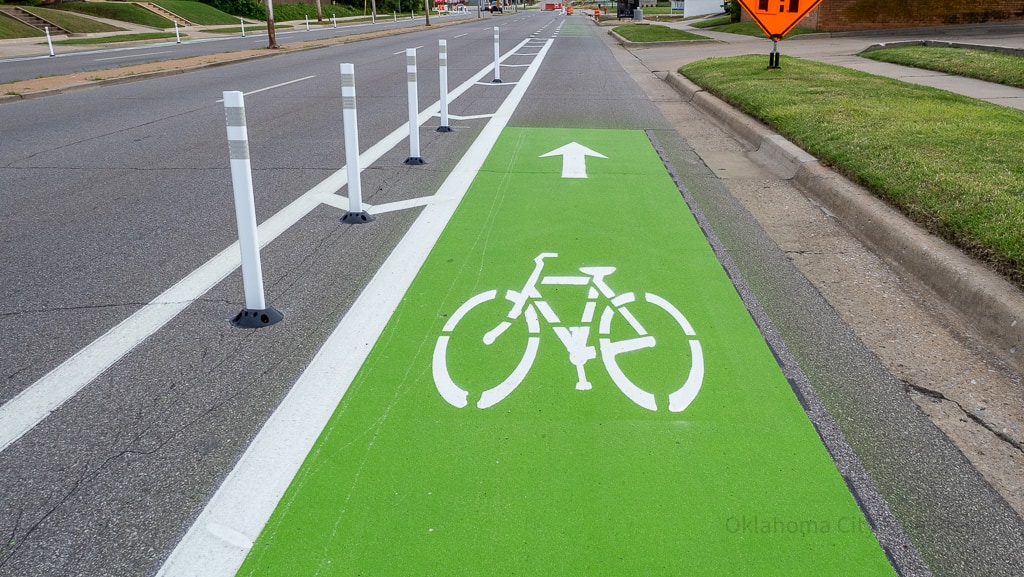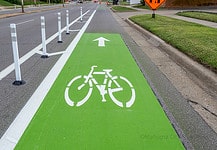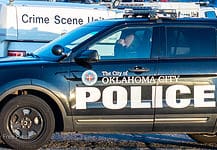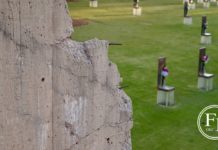Last Updated on September 10, 2023, 8:05 AM | Published: September 10, 2023
OKLAHOMA CITY — The city’s ongoing project plan for boosting cycling and pedestrian infrastructure, BikeWalkOKC, is entering a new phase. The public has just a few days left to provide input on how to make OKC a more bikeable, walkable city.
Originally submitted, approved, and initiated in 2018, BikeWalkOKC was designed as a sprawling, multi-year set of city works projects aimed at improving safety for cyclists and pedestrians while also expanding the availability and accessibility of bike trails, bridges, and even inner-city sidewalks.
Updates to plan
Since the plan’s approval and launch in 2018, BikeWalkOKC’s first phase has been implemented throughout the city more quickly than anticipated, leading to a new, 137-page update for the plan’s second phase and a period of open public comment and suggestion running through September 15th.
The hope, according to city planning officials, is that biking and walking advocates will let them know what has worked from the first phase, but also that they’ll be honest about what needs attention or improvement.
“We always catalog the requests we hear from residents and citizens about what their needs are,” said Justin Henry, transportation program planner with the OKC Planning Department. “But we really need a gut check at this point to make sure we got it right and make sure we didn’t miss anything really critical. And so that’s what we’re hoping to get from this public comment period.”
BikeWalkOKC ‘a great feat’
Utilizing a host of different funding sources including MAPS 4, the Better Streets Safer City sales tax, the latest GO bond, and even individually applied-for grants, the rollout of BikeWalkOKC’s many original projects has cast a wide net across the city.

“It was the first time that the city really took a stab at having a bicycle/pedestrian master plan, and we’ve actually seen it implemented remarkably fast. It’s kind of ahead of schedule,” Henry explained. “Since it was written in 2018, we’ve more than doubled the amount of on-street bike lanes, we’ve built 175 miles of sidewalks, and we’ve also built about 15 more miles of trails as well. So that’s really been a great feat.”
With all of those projects already in place or in progress, the city initiated a general update to the plan that quickly expanded into a much larger overhaul, eventually totaling 137 pages.
“It was supposed to be a light technical update,” Henry said, “and it really turned into kind of a robust update of the plan where we’re calling for an additional 10 pedestrian priority areas and we’ve also kind of reworked the trails and bike lane systems with a lot of lessons learned recently.”
Inter-regional connectivity needed
But theory, study, and observation can all only go so far in a major planning project like this. It’s the people regularly utilizing these trails and bike lanes in their daily lives that know both the real value of the existing updates and the real additions that need to be made or addressed.
“My main criticism of the plan update is that there’s no clear emphasis or priority on inter-regional connectivity,” said Shawn Wright, an OKC-based biking activist.
As a daily commuting cyclist and regular long-distance rider, Wright has already seen first-hand how BikeWalkOKC’s first round of projects has been implemented and welcomed by the city (including one unfortunate incident of a badly educated driver documented on his YouTube channel.)
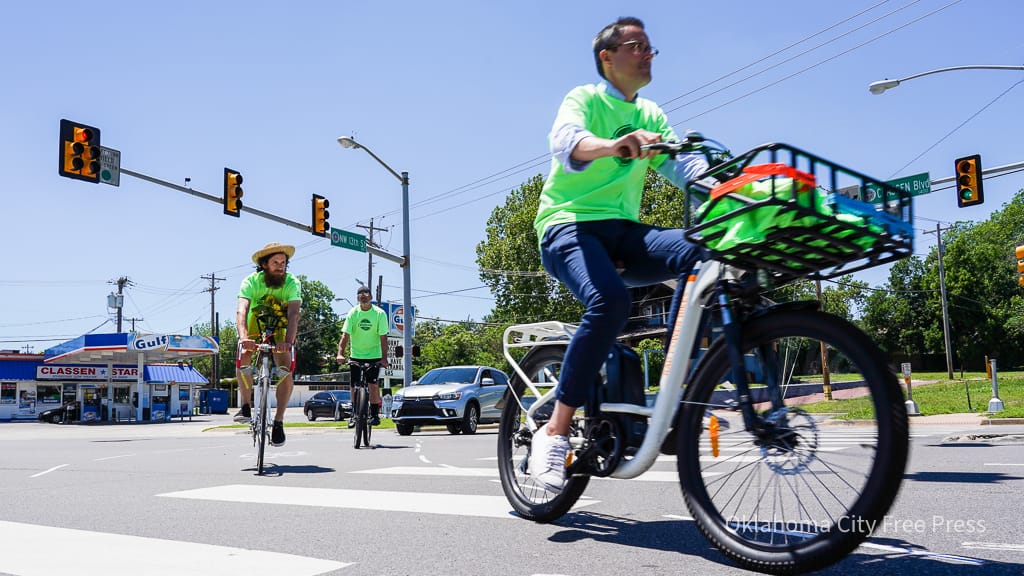
But he’d like to see more, specifically in the form of better inter-city connections to encourage more commuters to consider biking.
“Yukon is never going to build a trail to OKC if OKC doesn’t build one to Yukon,” he said. “There are lots of people that live outside OKC and commute to OKC for work (and vice versa even). But many of those people wouldn’t dream of riding the streets from their town to ours, no matter how many bike lanes we build. But if there were a trail between the cities? That might change some minds.”
“I think that’s a legitimate criticism,” Henry said when asked about that lack of connectivity between bike trails. “We’ve had to do this all with a project-based approach, where a big corridor gets put in, but maybe it’s not connected to as much as we’d like.”
After hearing that input from riders like Wright, Henry is hopeful that they can incorporate those insights into the plan’s new updates.
“We’ve reprioritized to focus on really finishing out some of that connectivity in the inner core first,” Henry said, “and then kind of moving on to those next reaches.”
Input Needed
With only a few days left before the September 15th end date for the open public comment period, local biking and pedestrian advocates want to emphasize the need for resident input at all times, even in the form of contacting the city council any time after the comment period closes.
“I would love for as many people as possible to comment,” said biking instructor and Government Chair for BikeOklahoma, Tony Carfang. “City staff can’t examine every part of the city at all times of day to see how many people are currently biking, walking, or using a wheelchair on high-speed roads, even though the current infrastructure isn’t welcoming.”
“City leadership needs to hear just how many people want safer streets.”
— Tony Carfang
As a frequent member of city committees aimed at improving biking and pedestrian safety or expanding cycling/walking infrastructure, Carfang knows well that those in favor have to speak up because those opposed surely will.
“I’ve seen several projects aimed at safety get delayed, redesigned, or even stopped altogether due to a few vocal opposers, especially if they fear losing a parking space to make room for wider sidewalks or protected bike lanes,” he said. “So city leadership needs to hear just how many people want safer streets.”
To read the full updated BikeWalkOKC plan, and to submit your own comments and input through September 15th, visit okc.gov/bikewalkokc.
Brett Fieldcamp has been covering arts, entertainment, news, housing, and culture in Oklahoma for nearly 15 years, writing for several local and state publications. He’s also a musician and songwriter and holds a certification as Specialist of Spirits from The Society of Wine Educators.
